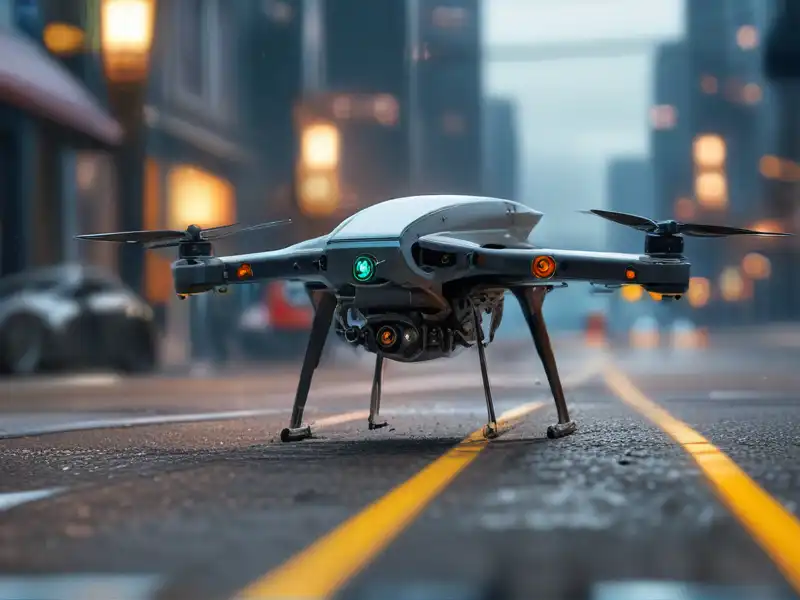The Importance of Obstacle Avoidance in Drones
In recent years, drones have become increasingly popular for various purposes such as aerial photography, surveillance, and even delivery services. As the number of drones in the sky continues to rise, so does the risk of collisions and accidents. This is where obstacle avoidance technology plays a crucial role. In this article, we will delve into what obstacle avoidance in drones is, how it works, and why it matters in the world of unmanned aerial vehicles (UAVs).
Obstacle Avoidance in Drones:
Obstacle avoidance in drones refers to the technology that enables these aerial machines to detect and navigate around obstacles in their flight path. This technology is essential for ensuring the safety and smooth operation of drones, especially in crowded or complex environments. There are several methods through which obstacle avoidance in drones can be achieved.
One common approach is through the use of sensors such as cameras, ultrasonic sensors, LiDAR, and radar. These sensors work together to create a 3D map of the drone's surroundings in real-time, allowing it to detect obstacles and adjust its flight path accordingly. By constantly monitoring its environment, the drone can avoid collisions with buildings, trees, power lines, and other drones.
Another method of obstacle avoidance in drones is through the use of computer vision algorithms. These algorithms enable the drone to recognize and classify different objects in its path, such as humans, animals, and vehicles. By analyzing this information, the drone can make intelligent decisions on how to navigate around obstacles safely.
Why Obstacle Avoidance Matters:
Obstacle avoidance technology is crucial for a number of reasons. Firstly, it helps prevent accidents and collisions, reducing the risk of damage to the drone itself as well as to people and property on the ground. This is particularly important in urban areas where drones are increasingly being used for delivery services and surveillance.
Secondly, obstacle avoidance technology enables drones to fly autonomously, without the need for constant human intervention. This makes drones more efficient and cost-effective for various applications such as mapping, inspection, and search and rescue operations. By being able to navigate complex environments on their own, drones can perform tasks more quickly and accurately.

Lastly, obstacle avoidance technology helps improve the overall safety and public perception of drones. By demonstrating that drones can fly safely and responsibly, without posing a risk to the environment or others, obstacle avoidance technology can help build trust in the use of drones for commercial and recreational purposes.
In conclusion, obstacle avoidance technology is a fundamental aspect of drone technology that is essential for safe and efficient operation. By enabling drones to detect and navigate around obstacles in real-time, this technology plays a crucial role in preventing accidents, improving efficiency, and building trust in the use of drones. As the popularity of drones continues to grow, it is clear that obstacle avoidance will remain a key focus for further advancements in the field of unmanned aerial vehicles.

